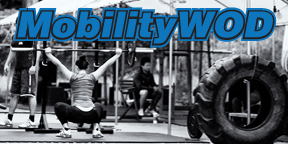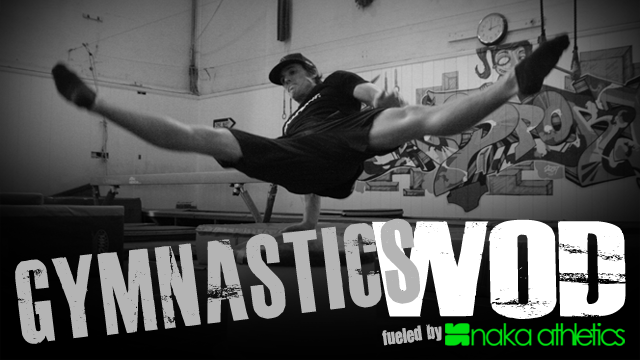14
Feb / 12
Static Stretching Back in Good Graces?
Categories: Flexibility, Workout of the Day
posted by: ruth

Those of you who grew up when schools still had PE and you were fortunate enough to begin each session with stretching may have mostly been exposed to static stretches (where you find a position and hold as you try to increase range). However, over the last decade, static stretching has been deemed a bad guy and almost all but tossed to the wayside. Mike Robertson posted an article about the difference between static and dynamic stretching and the time and place for them both. He starts by stating there is no black or white when it comes to this matter:
The first thing we need to do is remember that’s it not black-and-white; there aren’t good types of stretching and bad types of stretching.
Instead, we need to look a bit deeper, and we need to ask some tough questions.
- What are my needs as an athlete?
- What are my goals as an athlete?
- What types of stretching will benefit me most?
- What time should I incorporate said types of stretching?
Static stretching primarily serves to lengthen soft tissues (muscles, tendons, ligaments, fasica and the joint capsule). No stabilization or balance is required so sometimes people argue that their worthless because they don’t involve the nervous system.
While nervous system recruitment is important and often preferred, the main reason static stretching gets a bad rap is because they’re often misused:
Stretching the wrong muscle: Say you have a history of pulled/strained hamstrings. You deduce the cause is tight hammies. However the true cause is your posture and the way you tilt your pelvis. In essence you are stretching the wrong muscle group and making the problem worse.
Hypermobility: You are Gumby reincarnated. You can turn yourself into a pretzel without using your arms. You stretch your hammies before squatting, and make it tougher for them to contract and do their job, thus injuring yourself. Or you are so flexible that you can’t stabilize enough to keep from hyperextending.
So when DO/WOULD you employ the static stretch?
1. Before lifting IF your flexibility is inhibited to the point that you can’t complete the range of motion without stretching (like tight hip flexors).
2. Before bedtime because it “will not only help you relax but calm the nervous system and promotes better sleep.”
3. If your workout session is strictly focused on mobility.
Robertson goes into a lot more on different types of stretching and when to employ those as well, so click here to read the full article!
WOD 02.14.12
Clean & Jerk 2-2-2
Beat the Coach 1.2 (from Outlaw CrossFit)
Every 30 Seconds for 10 minutes:
Complete the following:
1 Power Clean
1 Hang Power Clean
1 Push Jerk
You must use the same weight for the entire workout. If you have to drop weight, you cannot add back. The weight you end with is the weight you record (read: don’t pick a weight that’s too heavy or it won’t count anyways!).


 310.465.6565 |
310.465.6565 |



















1 Response to “Static Stretching Back in Good Graces?”
Holley
February 14, 2012 at 11:53 AM
I’m personally a big fan of static stretching. I find it a lot easier to get into a deeper stretch using static stretching and it’s easier for me to pick out the problem areas the longer I hold a stretch. Although I really had to change up my stretching routine after starting CrossFit (I used to fit into the “gumby” category) to avoid hyperextension. I still use static stretching, I just focus on different muscle groups like my hips/butt, back and shoulders.